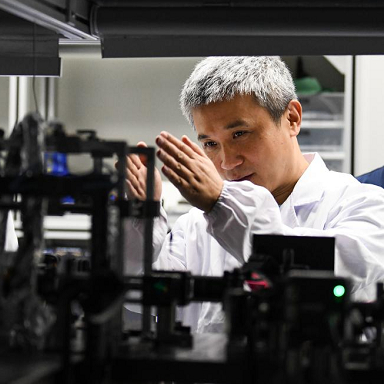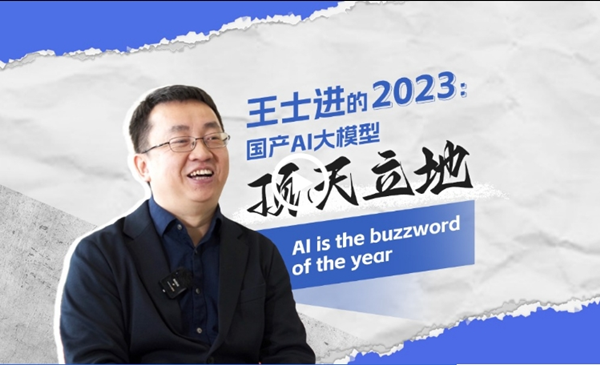Hefei is a hub of innovation and change
The one thing that seems to be a constant with modern China is change, often for the better.
I am in Hefei, Anhui province, this week, where transformation is now very much part of everyday life.
In the past, reporting assignments in the dog days of August in this part of eastern China might have been about writing about its native huicai, one of China's eight cuisines famous for its stinky fish and yellow tofu dishes.
It may also have involved a travel feature on the Huangshan mountain area, which by autumn, when the leaves on the trees begin to yellow, is at its most stunning.
I am here, however, because Hefei suddenly finds itself at the vanguard of the national blueprint to upgrade industry and to make strides in such areas as advanced manufacturing and robotics.

Hefei was chosen in June as one of the pilot cities for the government's Made in China 2025 strategy - one of the key reform initiatives of the past five years.
Until now technology development has been seen as the preserve of either Beijing or the coastal areas around Shanghai and Shenzhen, but now China's inland eastern, central and western areas are being given their chance to take a lead.
Hefei's industrial output has increased more than twelve times since 2006 from 80 billion yuan ($12 billion) in 2006 to just over 1 trillion yuan last year - nearly a third of the value added by local industry is now in strategic and emerging industries. Its local economy grew by 9.8 percent last year, nearly half as much again as the national rate of 6.7 percent.
The transformation has thrown up some remarkable companies such as iFly Tek, now a global leading company in voice-recognition technology, and LCFC, which makes laptops for Lenovo.
Yu Jing, head of planning at the Economic and Technology Commission of Hefei, part of the local municipal government, said Made in China 2025, was driving companies to change.
"They know the government is stressing this and if they don't upgrade they could be left behind," she said.
It might be harsh medicine for some but it is clearly a transformation that China has undergone in order to be a leading nation.
Anhui - with its southern city Huizhou being a mercantile center of the Ming Dynasty (1368-1644) - is already geographically pivotal to China with the Huaihe river that passes through it seen as the true divide between northern and southern China.
It could now be pivotal in another way - heralding in the country's new economy so as to leave the old one behind.
Contact the writer at andrewmoody@chinadaily.com.cn
(China Daily 08/24/2017 page2)






